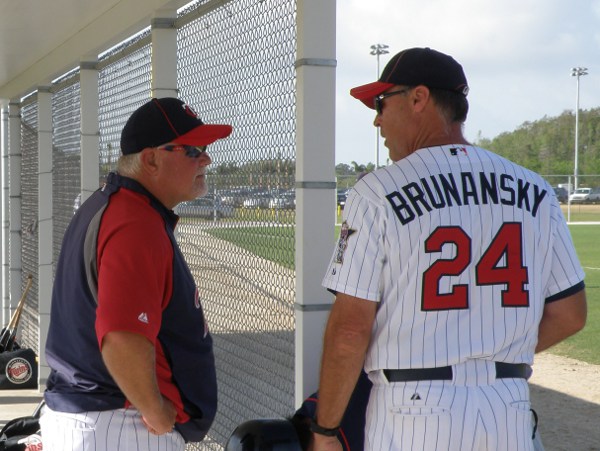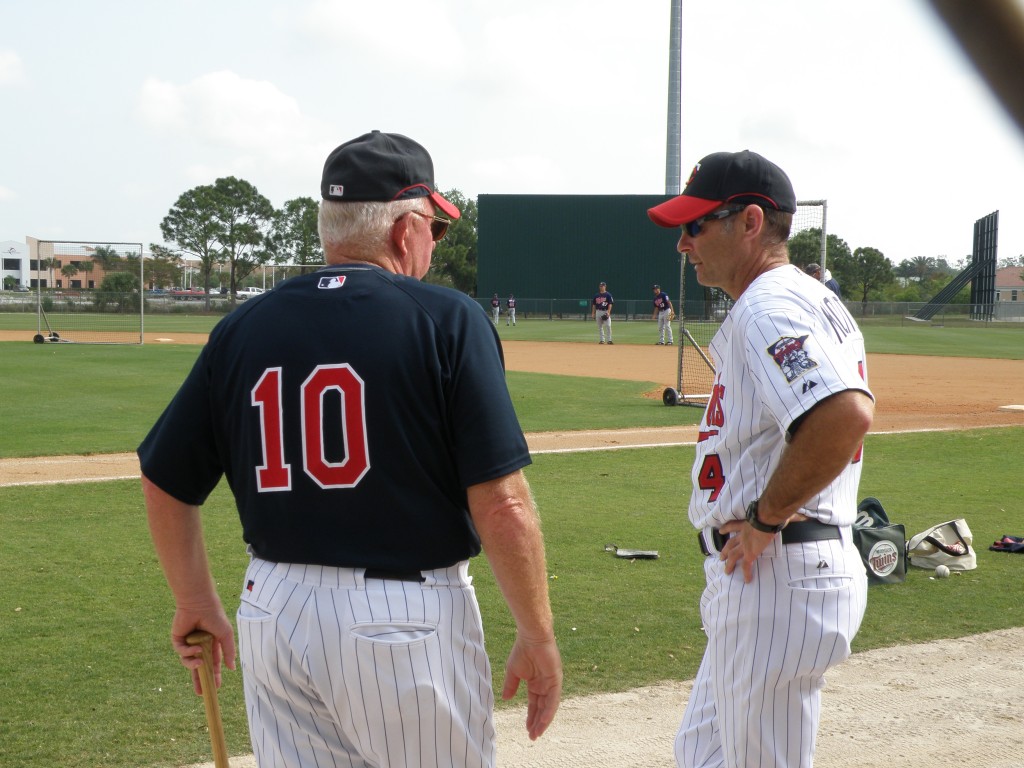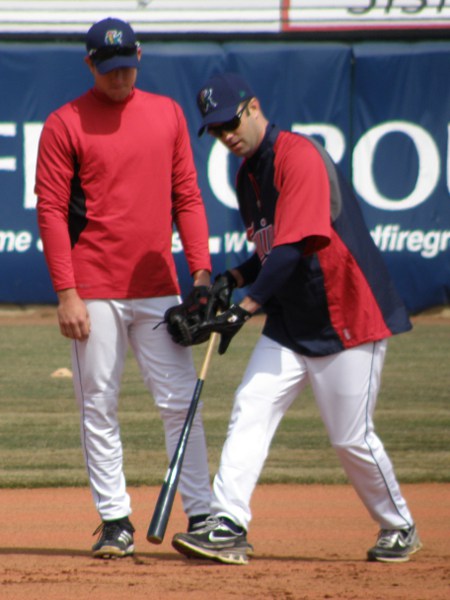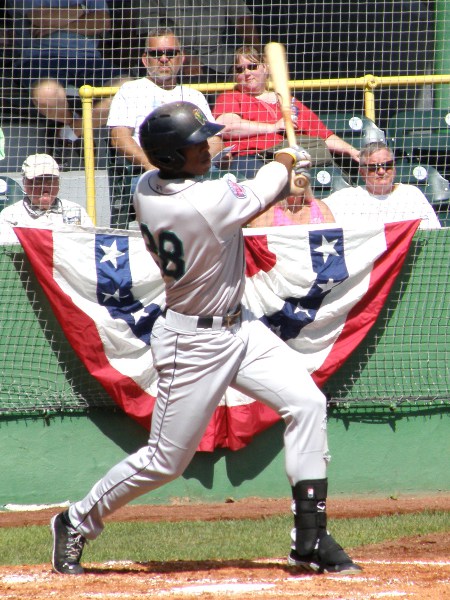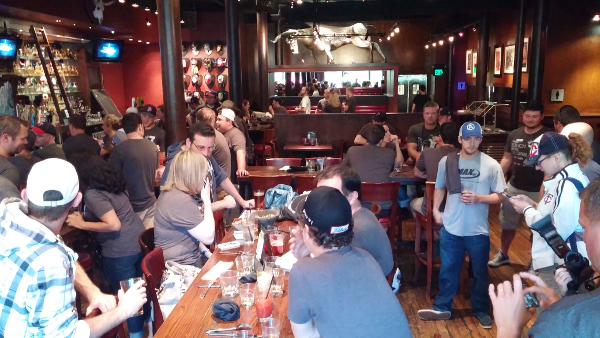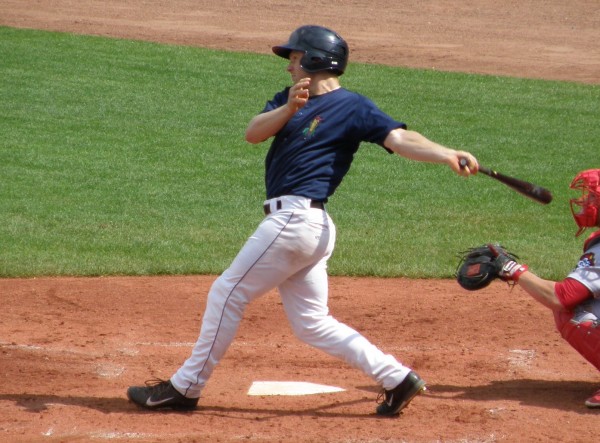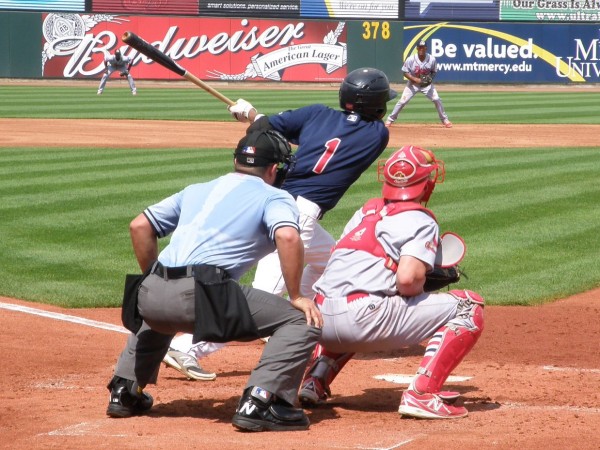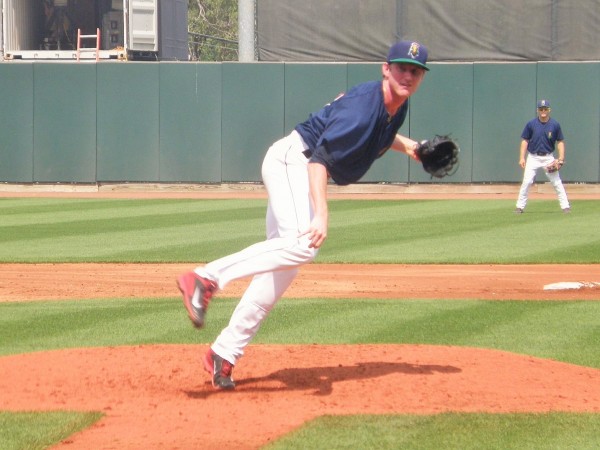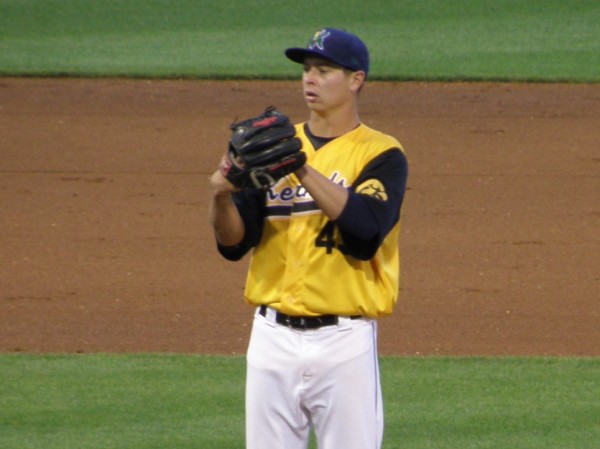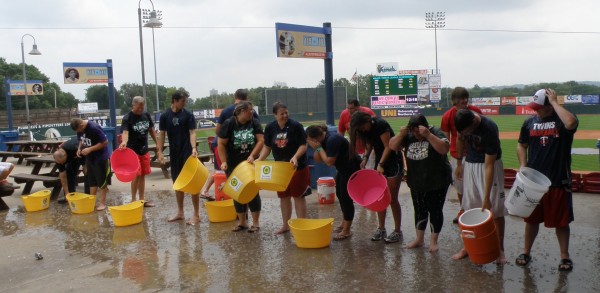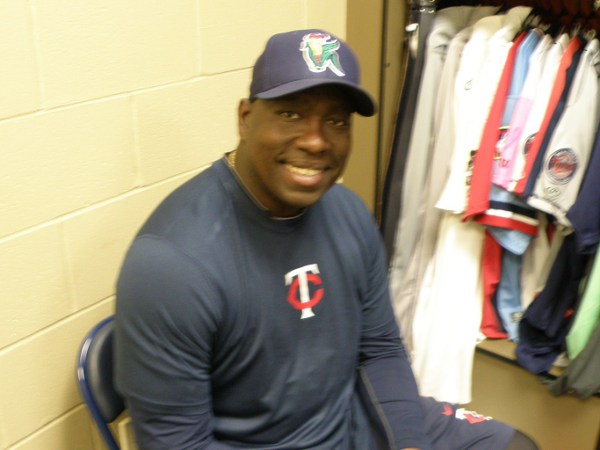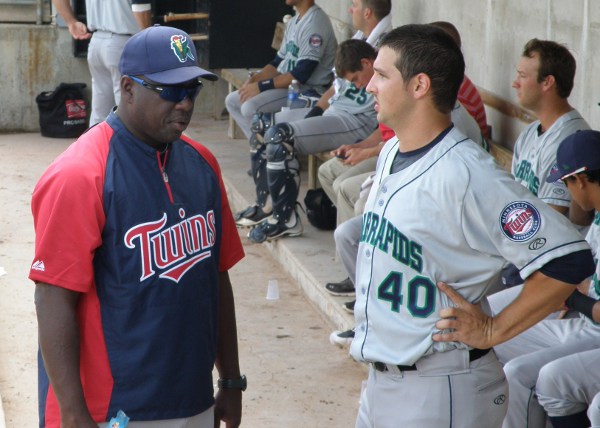It’s the offseason, so that means we are already deep in thought and discussion concerning 2015 roster construction for the Minnesota Twins.
I reserve the right to change my mind, of course, but my preliminary thought on the subject has resulted in a conclusion I wasn’t expecting.
Byron Buxton and Miguel Sano should both be Minnesota Twins on Opening Day 2015.
True, General Manager Terry Ryan has some time before he has to give much thought to such an un-Twins-like idea.
Ryan can spend October finding a manager, gathering with his staff for organizational meetings in Florida and putting together a minor league field management organization.
But when the final out is made in this year’s World Series, it’s time to get serious about this roster. When he does, maybe Buxton and Sano should part of his plan.
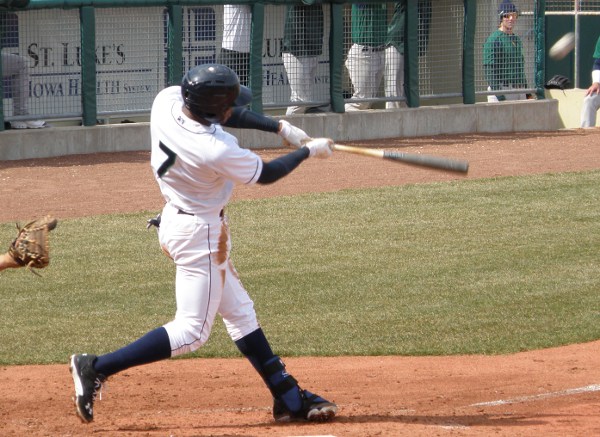
My thoughts aren’t firmly in place yet, but it occurs to me that, if we’re all so certain that the Twins’ GM needs to think a bit differently than he has in the past when it comes to hiring a manager and coaching staff, maybe it’s time to think a bit differently about how he treats his future superstars, too.
So, even if you think I’ve lost my mind (and I may ultimately conclude the same thing), hear me out for a moment.
I think most Twins fans would like to see improvement in two specific areas next season.
First, as seems to always be the case, we want another top-tier starting pitcher. Maybe Ricky Nolasco will bounce back or maybe he won’t. If he doesn’t, Phil Hughes is going to need help at the top of the rotation. Even if Nolasco does rebound, I’d love to have him as my #3 starter rather than my #2, if I could land a bigger fish in the offseason.
The second area of relative consensus is that the outfield must improve.
The Twins scored enough runs in 2014 to be a competitive baseball team. They simply didn’t keep opponents from crossing the plate nearly enough. If the starting pitching was problem number 1A, the outfield defense was certainly 1B.
Fixing the starting pitching is easy enough. You shell out the money to lure one of the top free agent starters. If you’re not willing to do that, you might reach for another Phil Hughes-type, but I’m not enthused about that approach. I think you go for the top guys or you just load up Trevor May and Alex Meyer to go with Hughes, Nolasco and Kyle Gibson and get Jose Berrios ready for an early call-up when it becomes necessary.
As tired as we all are of losing 90 games, making a managerial changes takes a little bit of pressure off in terms of the 2015 season. For the first time in about three years, you don’t enter the season with the staff coaching for their professional lives.
So, if you can’t (or won’t) add a true difference-maker to your rotation, you can simply accelerate the advancement of those minor leaguers that you feel are closest to being ready.
Which brings us to the outfield dilemma.
The outfield situation is only a dilemma because of Byron Buxton. Without his presence looming, you could address the outfield just like you do the starting pitching – go out and get the best guy you can buy or trade for on the market.
But Buxton’s presence means (a) the Twins won’t add someone on a high-dollar long-term deal that would “block” Buxton, and (b) no centerfielder on the free agent market with designs on a long-term deal is going to want to come to Minnesota, anyway.
That appears to leave the Twins with two options. Either they identify a short-term solution they can sign/trade for or they keep the status quo, using Jordan Schafer or Danny Santana until Buxton is deemed ready for prime time.
With expectations dampened and a new manager in the dugout, however, maybe it’s time to just say, “screw development,” and throw Byron Buxton out there right from the start.
And while you’re at it, do the same thing with Miguel Sano.

These two guys are going to be the cornerstones of the Twins for years to come, so why not just get them in the game right now? Sure, they’ll struggle. But if they don’t arrive until 2016, you have to assume they’ll struggle some, then, too.
Okay, I know, we can think of a number of reasons NOT to do this. They both essentially lost their entire 2014 seasons to injury and there is no assurance either player is really ready to face Major League pitching.
The specter of Aaron Hicks’ two years of near-abject failure, after being pushed up to the big leagues prematurely, looms over the organization. And he came up after spending almost twice as much time as Sano at AA, a level Buxton hasn’t technically completed a full game at, much less a season.
You certainly wouldn’t want to damage the psyches of Buxton or Sano by having them fail miserably.
But you know what? From what I’ve seen of these two guys, I don’t think we have to worry about their psyches. Both players know what their destinies are and they aren’t going to let a little bit of a learning curve keep them from getting where they know they belong in this game.
We have seen how they address new challenges.
They see. They learn. They adjust.
Then they dominate.
So, maybe the Twins should just skip the whole, “what do we do to improve the outfield until Buxton gets here,” era and put the guy in centerfield.
Maybe you take them aside and say, “Guys, if you’re healthy in April, you’re going to be Minnesota Twins. You may perform like Kennys Vargas or you may look more like Aaron Hicks, but you’re going to stay in Minnesota. You will not be sent back to the minors. From this point forward, you are Major League baseball players. Now get to work and act like it.”
The thing is, you can’t wait until spring training to make this decision. It wouldn’t be fair to Trevor Plouffe.
If Sano is going to step in as your primary third baseman, Plouffe needs to spend some time this winter learning to play left field. Maybe he and Joe Mauer could learn together.
For that matter, I’d tell Sano to go out there and shag some fly balls, too, because I’m not convinced the Twins won’t discover they’re better off defensively with Sano in the outfield and Plouffe at the hot corner.
But one way or another, maybe Buxton and Sano should be in the Opening Day line up.
Imagine for a moment:
Buxton CF
Dozier 2B
Mauer 1B
Vargas DH
Sano LF/3B
Arcia RF
Plouffe 3B/LF
Escobar/Santana SS
Suzuki C
I’d buy tickets to see that line up, no matter who the starting pitcher is. I bet a few other people would, too.
-JC



